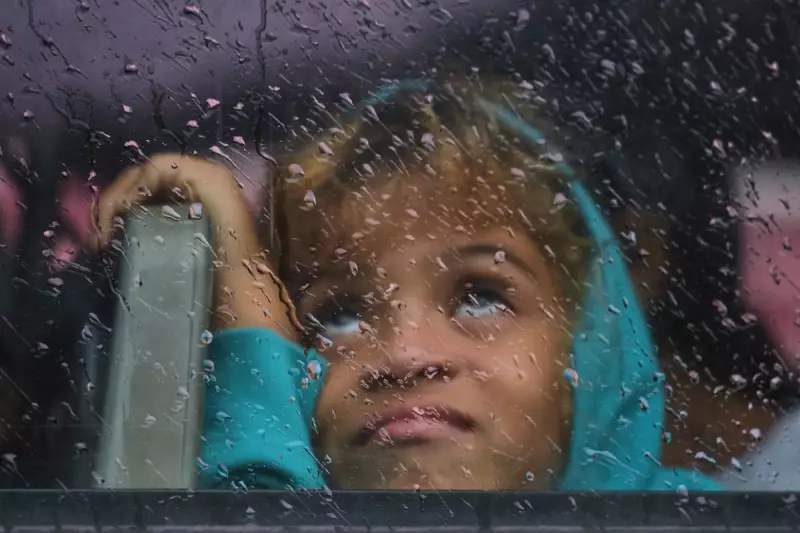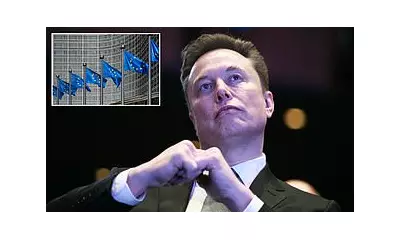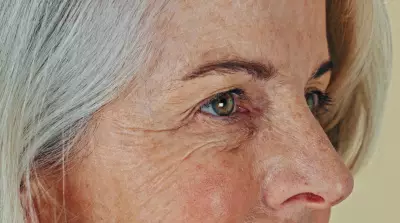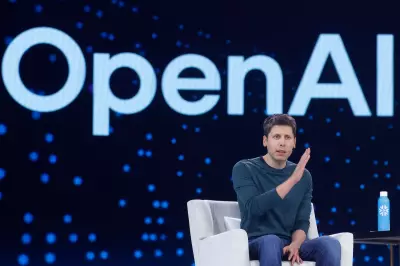
Instagram has been operating a covert censorship system that deliberately restricts the visibility of content it deems "undesirable," according to a groundbreaking investigation. The social media giant has been quietly limiting the reach of certain posts without notifying users or providing any means of appeal.
The Hidden Restriction System
Internal documents and company sources reveal that Instagram developed a sophisticated mechanism to identify and suppress content considered "inappropriate" yet not severe enough to warrant complete removal. This shadow restriction system operates in the shadows, leaving users unaware that their content is being systematically hidden from wider audiences.
How the Secret Censorship Works
The platform's covert approach involves several key tactics:
- Reduced distribution: Posts flagged as "undesirable" are deliberately shown to fewer followers
- Algorithmic suppression: Content is excluded from Explore pages and recommendation algorithms
- Search invisibility: Affected posts don't appear in search results or hashtag feeds
- Zero notification: Users receive no indication their content is being restricted
The Controversial "Shadow Banning" Practice
While Meta executives have publicly denied the existence of "shadow banning," internal communications tell a different story. Company documents explicitly reference reducing the visibility of certain accounts and content types through what they term "visibility filtering" or "distribution adjustments."
"We've moved from removing content to making it harder to find," one internal presentation stated, highlighting the strategic shift in content moderation approach.
Who Gets Targeted?
The investigation uncovered that Instagram's secret restrictions disproportionately affect:
- Content related to sexual health and education
- Political activism and social justice movements
- Certain minority communities and subcultures
- Accounts discussing platform policies and moderation
The Transparency Crisis
Digital rights advocates have expressed serious concerns about the lack of transparency surrounding these practices. Users have no way of knowing if their content is being restricted, nor any clear process to challenge these decisions.
"This creates a chilling effect on free expression," noted one digital rights campaigner. "When people don't know the rules or when they're being penalised, they inevitably self-censor."
Meta's Response and Industry Implications
When confronted with the findings, Meta representatives provided vague statements about maintaining community standards while refusing to acknowledge the specific restriction mechanisms. The company maintains that it aims to balance safety with expression, but offers little clarity on how these decisions are made.
The revelation raises fundamental questions about the power social media platforms wield over public discourse and the urgent need for greater accountability in content moderation practices.
What This Means for Users
For the millions of Instagram users worldwide, these findings suggest that their ability to reach audiences may be subject to hidden restrictions beyond their control. The discovery underscores the growing call for:
- Transparent content moderation policies
- Clear notification systems when content is restricted
- Independent oversight of platform decisions
- Legal frameworks governing social media transparency
As social media platforms continue to shape public conversation, the exposure of Instagram's covert censorship system marks a critical moment in the ongoing debate about digital rights and platform accountability.





